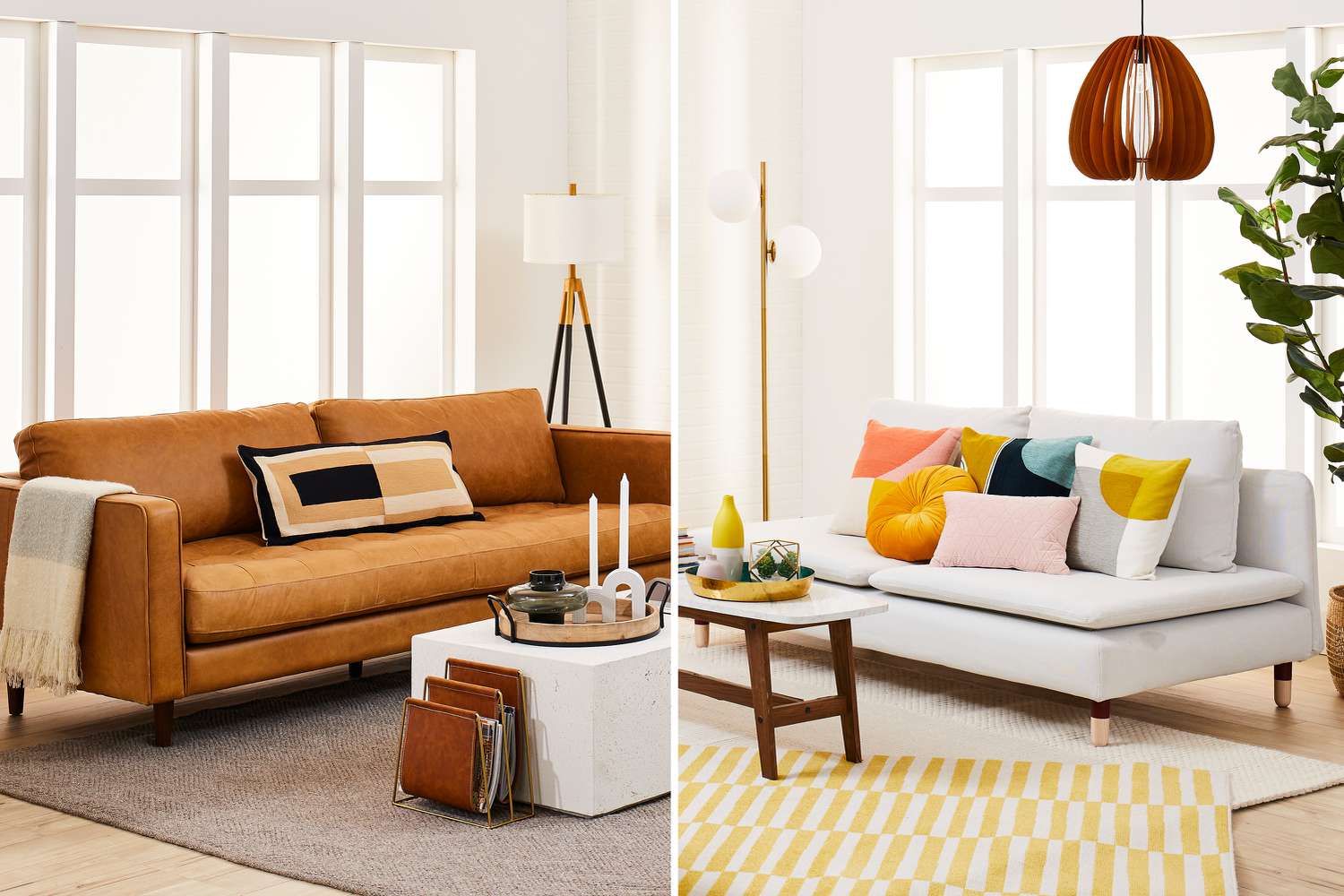Vintage fashion refers to clothing and accessories that were mainly designed and produced between 1920 and 1980, while modern fashion refers to what is currently in style and reflects the latest cultural and social trends. Vintage fashion pieces are often characterized by intricate details, high-quality fabrics and unique patterns. In contrast, modern fashion is characterized by its contemporary and trend-forward design, accessibility and affordability. However, modern fashion is often criticized for the environmental impact of mass-produced clothing production, which is a sustainability issue that vintage fashion can address by promoting the reuse and recycling of existing clothing.
Vintage vs. Modern: A Comparison of Timeless and Contemporary Fashion Trends
Introduction
Fashion is a form of self-expression that often reflects the current cultural trends and values of society. However, fashion trends are constantly evolving and changing over time, creating a contrast between vintage and modern fashion.
Vintage Fashion
Definition
Vintage fashion refers to clothing and accessories that were primarily designed and produced during the 1920s to 1980s. These vintage pieces are often characterized by intricate details, high-quality fabrics, unique patterns, and styles that are often inspired by the cultural and social movements of the time.
Style and Characteristics
Vintage fashion pieces are often characterized by their nostalgic and romanticized design that reflects the trends and values of the past. These pieces are often made using high-quality materials such as silk, wool, and leather and feature intricate details such as lace, embroidery, and appliques.
Vintage fashion is also known for its unique and eclectic mix of styles such as the flapper dress, the midi skirt, and bell-bottom pants. Vintage clothing often reflects the social and cultural movements of the time, from the conservative styles of the 1950s to the rebellious styles of the 1960s and 1970s.
Pros and Cons
The main advantage of vintage fashion is its unique and timeless style that often reflects the trends and values of the past. Vintage pieces are often high-quality and can be considered a valuable addition to any wardrobe.
However, vintage clothing can often be expensive and difficult to find, making it more of a luxury item than a practical fashion choice. Vintage pieces are also often delicate and require special care and maintenance that modern clothing may not require.
Modern Fashion
Definition
Modern fashion refers to clothing and accessories that are currently in style and reflect the latest cultural and social trends. Modern fashion is often mass-produced and designed to be affordable and accessible to a wide range of consumers.
Style and Characteristics
Modern fashion is characterized by its contemporary and trend-forward design that reflects the current cultural and social movements of society. Modern pieces are often made using a combination of natural and synthetic materials and feature bold patterns, bright colors, and statement designs.
Modern fashion is also known for its fast-paced nature and constantly changing trends. It is not uncommon for modern fashion to follow the latest social media trends and introduce new styles at a rapid pace.
Pros and Cons
The main advantage of modern fashion is its accessibility and affordability. Modern clothing is often available at a variety of retailers, making it easy to find and purchase.
However, modern fashion is often mass-produced and may not be made with the same high-quality materials as vintage pieces. Modern pieces may also be less unique and timeless, potentially losing their value and becoming outdated as trends change.
Comparison
Sustainability
One area of comparison between vintage and modern fashion is sustainability. Vintage clothing is often seen as a sustainable option compared to modern fashion because it promotes the reuse and recycling of existing clothing, reducing the environmental impact of clothing production.
Modern fashion, on the other hand, is often criticized for its fast-paced nature and the environmental impact of mass-produced clothing production. However, some modern brands are committed to sustainability and are investing in more eco-friendly production methods.
Culture and Society
Another area of comparison between vintage and modern fashion is the reflection of culture and society. Vintage fashion often reflects the social and cultural movements of the past, reflecting the values and trends of previous generations.
Modern fashion, on the other hand, reflects the current cultural and social movements of society. It is designed to be contemporary and trend-forward, reflecting the latest emotions and values of the modern generation.
Design and Quality
Finally, the design and quality of clothing is another area of comparison between vintage and modern fashion. Vintage pieces are often made with high-quality materials and feature intricate details, creating a unique and timeless style.
Modern pieces, on the other hand, are often mass-produced and may not be made with the same high-quality materials as vintage clothes. However, modern clothing can also feature bold and statement designs that reflect the latest cultural and social trends.
Conclusion
In conclusion, vintage and modern fashion are two distinct styles that reflect different cultural and social movements. While vintage fashion is known for its unique and timeless style, modern fashion is often more affordable and accessible to a wider range of consumers. Both styles have their benefits and drawbacks, and the choice ultimately comes down to personal preference and individual style.
